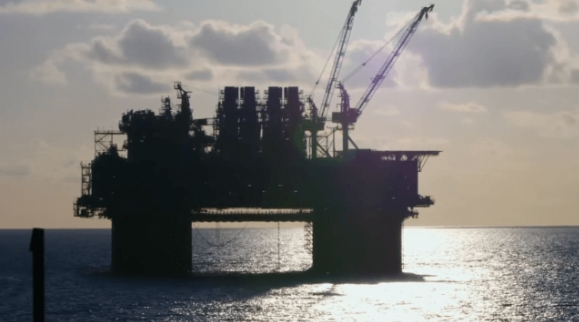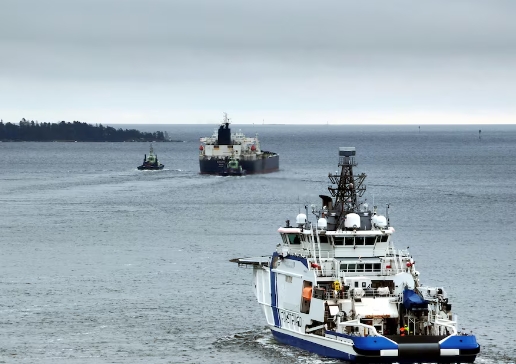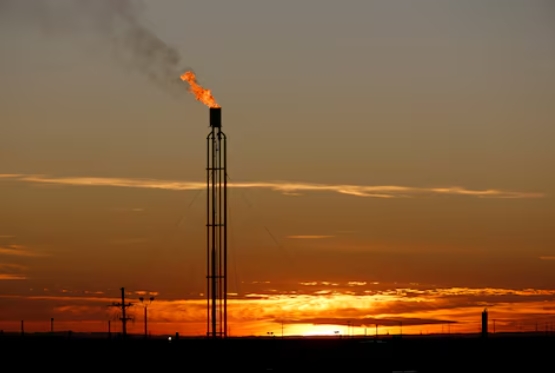
| A wind farm in Bạc Liêu Province. Energy companies are planning investments in renewable energy to capture opportunities from energy transition. — VNA/VNS Photo Tuấn Kiệt |
HÀ NỘI — The recent approval for Việt Nam’s eighth national power development plan (PDP8) has heated up discussions around business strategies of energy giants in the race to gain advantages in energy transition towards the country’s net-zero goals.
Approved in early April, the plan sets the foundation for the transition of traditional power sources such as coal-fired to cleaner energy.
Renewable energy will make up for 30.9-39.2 per cent in 2030 and 67.5-71.5 per cent in 2050.
Under the PDP8, on-shore wind power will grow at an annual compound rate of 25 per cent in the 2021-30 period and 6 per cent in 2030-50 to account for 14 per cent and 13 per cent of the country’s total power capacity, respectively. Offshore wind power is expected to reach 600MW by 2030 then grow at 15 per cent by 2050 to account for 16 per cent of the total’s power capacity.
LNG-fired power will account for 27 per cent of the total power capacity by 2030 and 15 per cent by 2050. Besides, biomass power is expected to reach 1,088MW and waste-to-energy 1,182MW.
The development of solar power is slowing down after a robust growth in the 2020-21 period, but is expected to make up for 33 per cent of the total power capacity.
Companies are planning investments in renewable energy to capture the opportunities from the transition toward net-zero goals.
Refrigeration Electrical Engineering Corporation (REE) plans to focus on wind energy. Its wind power plant in Trà Vinh is operating at 90 per cent of its capacity.
Seeing wind power a spearhead in Việt Nam’s energy transition process, REA will continue to seek cooperation with foreign partners with experiences and financial capacity.
PC1 Group Joint Stock Company will focus on optimising the operation of its existing wind power plants.
Bamboo Capital also put wind power at the centre of its energy business. BCG Energy in charge of managing the energy business of Bamboo Capital, now owns eight onshore wind power projects with a total capacity of 925MW. The company is also hastening the implementation of on-shore and off-shore wind power projects with a total capacity of 550MW, including Đông Thành 1, Đông Thành 2 and Khai Long which are expected to be put into operation within this year.
With solar power, although there is not much room left for development, it still remains attractive and along with wind power, is considered a growth driver for Bamboo Capital.
The documents at the shareholders’ meeting of Bamboo Capital this year pointed out that the first phase of 21MW Krong Pa 2 solar project is completed. The price negotiations for Krong Pa 2 and 114MW Phù Mỹ are set to be completed this year.
BCG Energy is also implementing another 23 rooftop solar power projects with a goal of doubling the total capacity by the end of this year.
Sao Mai Group set the goal of doubling the revenue from renewable energies in 2024 to reach VNĐ1 trillion per year with the focus on developing new solar and wind power projects.
Sao Mai is operating 210-Mwp An Hảo solar plant in Tịnh Biên District, An Giang Province and 50-Mwp Euriplast Long An in Đức Huệ District, Long An Province.
Helio Energy planned to buy a maximum of 60 per cent of stakes of SD Trường Thành Joint Stock Company, developers of Thuận Minh 2 solar power project with a capacity of 50 Mwp in Bình Thuận Province.
REE Chairwoman Nguyễn Thị Mai Thanh said that investment in solar power requires careful consideration because of the Government’s intention of offering zero Vietnamese đồng pricing for excessed rooftop solar power.
Thanh said that the company is starting to get into hydrogen, but more consideration is needed.
Bamboo Company is eyeing waste-to-energy with a portfolio of five plants in Củ Chi, Long An, Kiên Giang, Huế and Hà Nam. The company planned to build the first waste-to-energy plan in Củ Chi, HCM City this year which will have a total investment of VNĐ5 trillion to treat 2,000 tonnes of waste per day and generate 40MW.
The plant in Long An will have an investment of VNĐ1.586 trillion to treat 500 tonnes of waste per day, equivalent to a capacity of 10MW.
Lê Xuân Nghĩa, a member of the National Financial and Monetary Advisory Council, pointed out that one of the major challenges to renewable energy development is the infrastructure system and high costs.
Việt Nam needs a comprehensive strategy, which might include the foundation of environment standards, appropriate infrastructure development and policies to encourage investments from both domestic and foreign sources.
According to VnDirect Securities Company, Việt Nam has a large potential for wind and solar power development. However, it is necessary to invest in the transmission and storage systems and speed up the construction of the grid systems in the context that renewable power sources are increasing rapidly. — VNS







